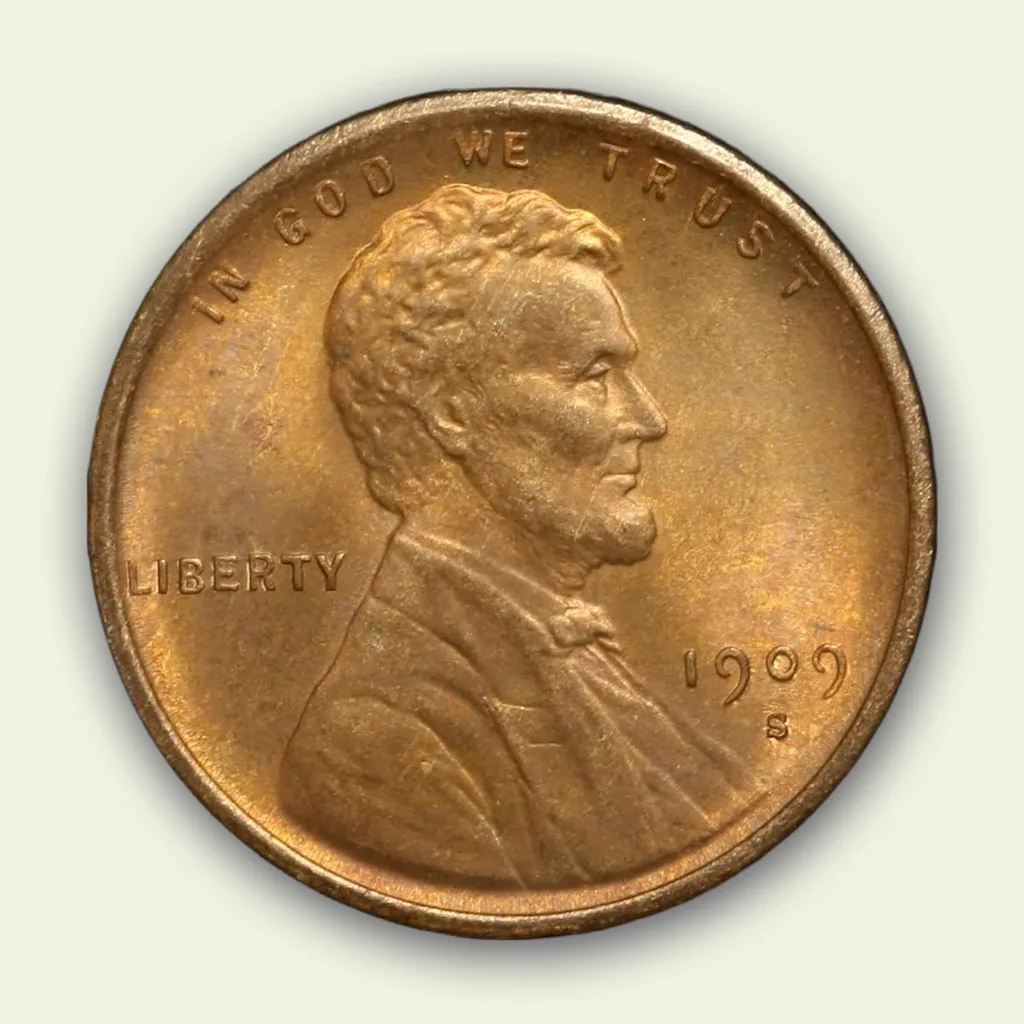
Your pennies are now collector’s items.
The last penny was minted Wednesday at the U.S. Mint in Philadelphia, spelling the end of America’s longest-running coin design.
More than Andy Warhol’s Marilyn Monroe or Leonardo da Vinci’s Mona Lisa, it’s sculptor and medalist Victor David Brenner’s profile of Abraham Lincoln on the humble penny that’s actually believed to be the most-reproduced piece of art in the history of the world: the U.S. Mint estimates some 300 billion pennies remain in circulation. And even though no new pennies will be minted, the coin will remain legal tender—good news for those inclined to give a penny, take a penny at their local gas station.
The penny’s rise to government-issued pop art status begins in 1793 when the Mint’s first one-cent coin went into circulation. That first copper coin showed an image of a long-haired woman representing liberty, a design element that was mandated by law. The Coinage Act of 1792 required coins have an “impression emblematic of liberty,” though it was later changed, paving the way for Lincoln to be featured.

The design of the reverse side of the first one-cent coins in 1793 showed a chain of 15 links representing the 15 states in the Union at the time, but the links were swapped out for a wreath in later coins because the chains were misinterpreted for symbolizing slavery, according to the Mint.
The Mint says early coins from before 1909 showed personifications of liberty in the form of a woman rather than showing U.S. presidents in part because some lawmakers thought putting the head of state on a coin was too similar to the U.K. where the monarch is pictured on currency.

In 1909, then-President Teddy Roosevelt marked the occasion of Lincoln’s 100th birthday by putting his likeness on the penny. Roosevelt selected the rendering by Brenner, a Jewish, Lithuanian immigrant who was then considered one of the best relief artists in the country, and who had designed a bas-relief of Lincoln based on a photo by Mathew Brady. It was the first time a President’s likeness appeared on a U.S. coin.
Since Lincoln took over, the reverse or “tails” side of the penny has rotated through different designs, including an image of the Lincoln Memorial by Frank Gasparro from 1959 to 2008. After that, the Mint introduced four designs representing Lincoln’s life in 2009 for his 200th birthday, like a log cabin, followed by the “Union Shield” to symbolize Lincoln preserving the Union in 2010.

The Mint says the cost of producing a single penny has risen from 1.42 cents in 2015 to 3.69 cents in 2025, and President Donald Trump said in February he asked the Treasury Department to stop producing new pennies.
With the billions of pennies still in circulation, it will be some time before Brenner’s famed Lincoln portrait will completely be history. Even if you melted down every penny on Earth, you couldn’t get rid of it, because in 2012, NASA’s Curiosity rover took one to Mars.
